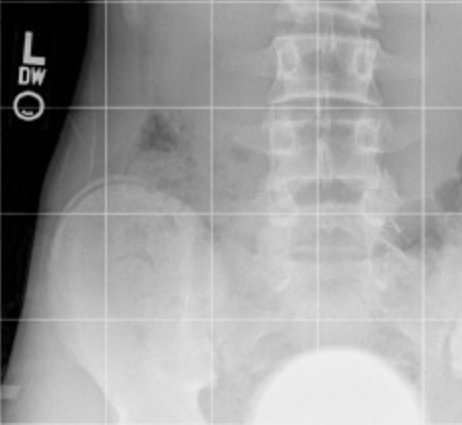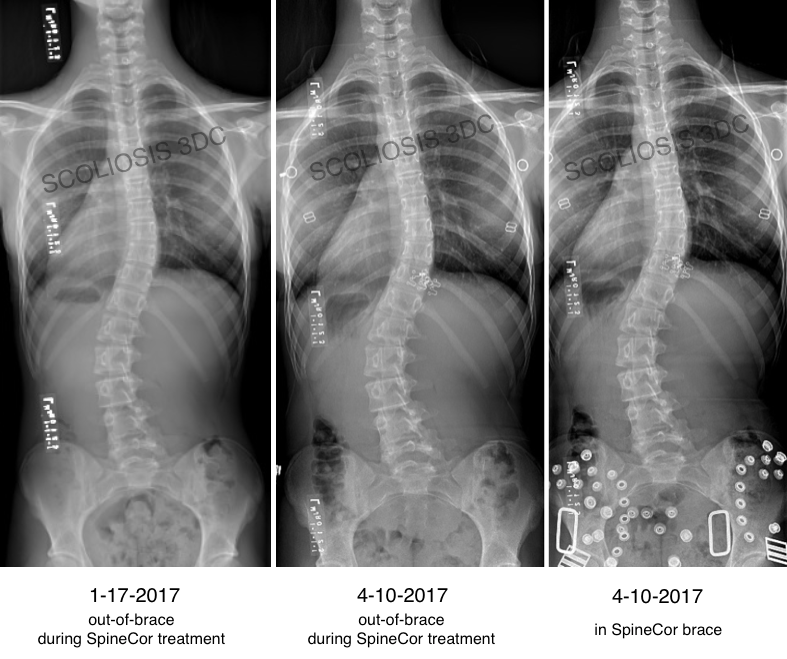
When a pelvic x-ray shows about 50-75% ossification of the iliac crest apophysis (from the outside to inside), this indicates Risser 3. As with Risser 2, this growth stage indicates continued but slowing growth, especially for girls. For boys, growth tends to be slow and steady throughout puberty – although this isn’t always the case.
For today’s Risser 3 post, we are featuring one of our patients from Southern California. This patient and her mother (Mom 2) learned of our office from the mom(Mom 1) of another one of our SoCal patients. When discussing their scoliosis experiences, Mom 1 shared news of her daughter’s Cobb angle improvements in the brace we provided for her daughter at Scoliosis 3DC®. She recommended that Mom 2 get in touch with us. Mom 1 skillfully explained how our 3D brace has a built-in correction effect – we take a lot of time with education so families understand everything about the process. She piqued Mom 2’s interest and she made an appointment for her daughter to see Dr. Marc for an examination appointment during his January 2017 trip to California (where he holds a license).
This 15-year-old presented with a double major scoliosis (two curves with similar Cobb angles) measuring 31º and 34º. For the previous nine months, she had worn a SpineCor brace and had progressed a few degrees in both the thoracic and lumbar spine. Following the examination with Dr. Marc, the patient and her mother made plans to come to Boston in April 2017 to switch her scoliosis brace.

Due to the patient’s busy soccer and sports schedule, at first, this family opted for the brace only. However, as mom and daughter came to understand the advantages of the Scoliosis 3DC® two-part protocol they decided to return to Boston for our scoliosis exercise program. (We think they just wanted another girl’s trip to Boston!)
Even at Risser 3, the day after being fitted with her new brace, this patient’s Cobb angles measured 20º and 15º in-brace (the correction effect at work!). Seven months later, a 24-hour out-of-brace x-ray showed curve reduction to 22º and 25º. At this point, the patient was still a Risser 3, approaching Risser 4.

Dr. Marc monitored this patient on each of his trips to southern California–pre-Covid. We are happy to report that she continues to do well! In addition to the Cobb angle improvement, her Scoliometer™ reading (measuring rotation) had reduced by 4º in the thoracic spine and 3º in the lumbar spine.We look forward to seeing her next x-ray. As always, we are rooting for her continued improvement!
- It’s important to choose the right scoliosis brace for your child.
- Even at Risser 3, teens using Scoliosis 3DC® protocols have the potential for real improvement.

